I am using graphQl Hot Chocolate V11 with .net Core 3.1 I have no problem with the identifying of token expire its just the relaying of that problem back to the requester is the problem.
i am trying to add some Authentication to my Requests but i am having an issue with responding when the authorization token is no longer valid due to the time expiring or even any other potential reason for a token to not be valid for that matter.

 but when i throw an exception to try tell the requester that their token has expired it is not returning through the Hot Chocolate IErrorFilter style it comes through as like a server error.
but when i throw an exception to try tell the requester that their token has expired it is not returning through the Hot Chocolate IErrorFilter style it comes through as like a server error.
 if there is any better built in way to check these things and respond to the requester propely could anybody please help me out? i would morse think the error should be displayed like in the format of the last screenshot i guess as a Hot Chocolate IErrorFilter response (the error in that screenshot is if i dont properly handle when a user is not authenticated seen as i dont have a currentUser to add to the context that the query is expecting)
if there is any better built in way to check these things and respond to the requester propely could anybody please help me out? i would morse think the error should be displayed like in the format of the last screenshot i guess as a Hot Chocolate IErrorFilter response (the error in that screenshot is if i dont properly handle when a user is not authenticated seen as i dont have a currentUser to add to the context that the query is expecting)
